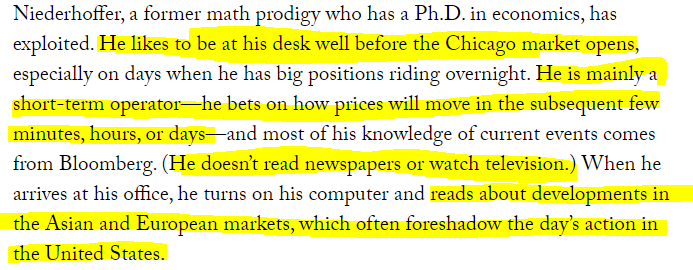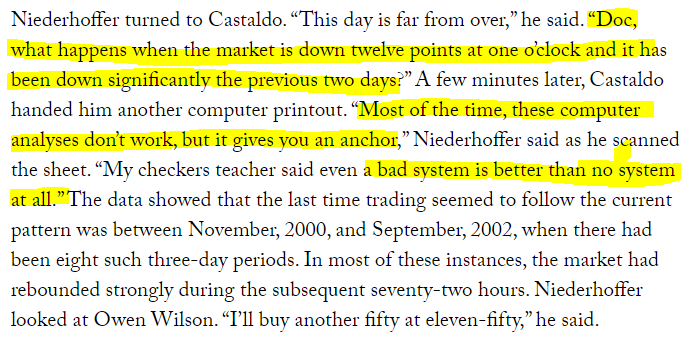If you follow the blog you would have heard me say our NIFTY-50 index is pretty skewed from a weight-age standpoint, top 10 stocks account for close to 60% of the index, top 25 account for close to 80 and the balance 25 stocks account for just 25% of the index weight-age.
Intuition would tell us, so long as we follow the top 25 constituents i.e. (80% of Weight-age) we should be good. Good in the sense we should be able to predict short term (15 to 60 minutes) trends in the index.
To be frank I along with a few others spent several months in that top 25% rabbit hole, only to realize that the action more often than not begins in the bottom 25 stocks.
Here are some visualizations
Before we move to the visualization, please refer the Legends / Descriptors below
Legends / Descriptors for the NS Advance Relative Strength Indicator
As you see in the Legends we have two indicator panels below the NIFTY Fut price chart. The Top panel refers to the top 25 Stocks and the bottom panel refers to the Next 25 stocks.
Now let me take you though a few sample days when the Bottom 25 Stocks lead the top 25 and also the Index, though I have back-tested this phenomena, I am bound not reveal the specifics, but this is the idea and you can test it for yourself.
29th Aug’19 - Look at the Stocks above +1 SD of VWAP - They lead by close to 15 minutes
5th Sep’19 - Look at the Stocks Above VWAP line - They lead almost all through, even though stocks below -1 SD are fairly high on the top 25 Stocks.
12th Sep’19 - Look at the -1SD line crossing over the % of Stocks above VWAP line - Happened in the bottom 25 Stocks way before it did on the top 25
20th Sep - How can I forget this day - Look at the % of Stocks above 1SD line, again led the upper 25 by close to 20 minutes.
During the trading day, I keep an eye on the bottom 25 stocks and if I notice any divergence, I become cautious, as it could a portent of doom esp., if I am on the wrong side of the trade. Time permitting I also tell my mentees on the slack group.
Something similar happened on the 20th of Sep’19, a day which would be etched in my memory, not because I was positioned on the right side of the trend, but because it was a classic demonstration of almost everything that Mandelbrot says in his book Misbehavior of Markets.
Back to the charts, this phenomena of bottom 25 stocks leading can also be observed through a sectoral index lens, since each of these segments top 25 vs next 25 have a sectoral skew within it, more about it next time.
Before I close -The usual disclaimer applies, don’t use this factor in isolation, there are other factors that I consider before initiating a trade, the purpose of this post is only to illustrate the informational value in tracking the bottom 25 stocks of the NIFTY50 index. About the 20th Sep’19 trade, no I am not saying I predicted it, all that I am saying is the same signal helped me capture a good part of the move.







